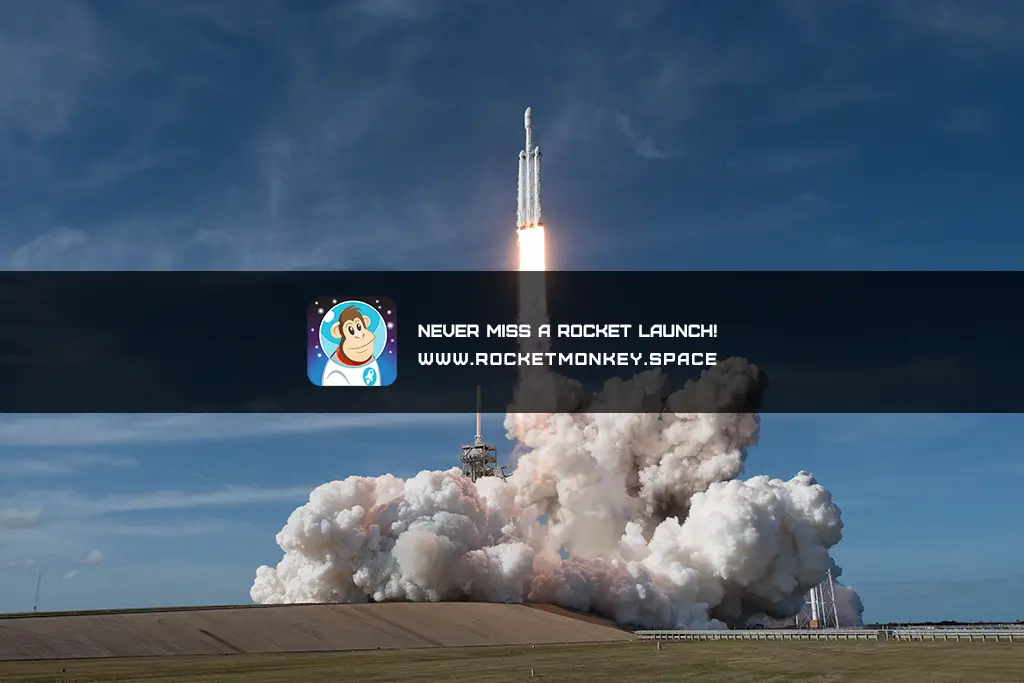
The Falcon Heavy's three first-stage boosters are designed to be reusable. This year's other mission, called USSF-67, was a mission for the U.S. The burly rocket has now flown five more times since then, including twice in 2023. The central booster is topped with an upper stage and the payload(s).įalcon Heavy debuted in February 2018 with a memorable test flight flight that sent SpaceX founder and CEO Elon Musk's red Tesla Roadster into orbit around the sun with Starman, a spacesuit-clad mannequin, at the wheel. The Falcon Heavy consists of three strapped-together first stages of SpaceX's workhorse Falcon 9 rocket.

SpaceX's Falcon Heavy rocket launches classified mission for US Space Force Facts about SpaceX's Falcon Heavy rocket SpaceX Falcon Heavy launch spotted from space station (photo) "The spacecraft will also carry an imaging system capable of imaging both the Earth and spatial bodies, as well as an experimental rendezvous and docking payload." The spacecraft features three wideband frequency bands," Gravity Space wrote in a description of the satellite. "The spacecraft is also designed to provide orbital slot reservation services (BIU) around the geosynchronous arc. GS-1's primary mission involves providing communications for Internet of Things applications, though it will do some other things in orbit as well. The third payload was GS-1, a cubesat that will be operated by Washington-based Gravity Space.

Alaska and the surrounding region," wrote of Arcturus in a mission description. "Although it only weighs 300 kg, the mighty communications satellite has the ability to provide data throughput up to 7.5 Gbps for. The second satellite that flew Sunday was Arcturus, a communications craft that will be operated by San Francisco-based Astranis Space Technologies. Its official purpose? To demonstrate zero gravity, by floating around.Ī Shaun the Sheep will also reportedly be on board as a nod to the involvement of the European Space Agency."Viasat-3 is expected to be the world's highest-capacity satellite and will be the largest all-electric satellite ever to be launched," SpaceX propulsion engineer Atticus Vadera said shortly before liftoff during the company's launch webcast. Other items include seeds, a Dead Sea pebble, mission patches, stickers, USB drives, national flags and some Lego.Īnd let’s not forget a Nasa institution: the Snoopy cuddly toy. They are to measure cosmic radiation and one will be testing a protective vest from Israel.Īs well as this, Orion is to carry some fragments of moon rocks collected by Apollo 11’s Neil Armstrong and Buzz Aldrin in 1969, and a bolt from one of their rocket engines, which was salvaged from the sea 10 years ago. There are two other mannequins, with heads and female torsos but no limbs, named Helga and Zohar. It is named Moonikin Campos in honour of Nasa engineer Arturo Campos. Engineers and industry partners are making progress toward delivering rockets for the next several Artemis missions.” What will be on the rocket?Īmong the items on board the Orion capsule is a full-sized dummy in an orange flight suit installed in the commander’s seat and rigged with vibration and acceleration sensors. “The SLS team has delivered and is preparing for the Artemis I mission, Nasa’s first exploration-class rocket built for human space travel since the Saturn V. The SLS rocket is designed to be evolvable, which makes it possible to fly more types of missions, including human missions to the Moon and Mars and robotic scientific missions to places like the Moon, Mars, Saturn, and Jupiter. “Offering more payload mass, volume capability, and energy, SLS, the world’s most powerful rocket, can carry more payload to deep space than any other vehicle. With its unprecedented power and capabilities, SLS is the only rocket that can send Orion, astronauts, and cargo directly to the Moon on a single mission. It adds: “Nasa’s Space Launch System, or SLS, is a super heavy-lift launch vehicle that provides the foundation for human exploration beyond Earth’s orbit. It is “a powerful, advanced launch vehicle for a new era of human exploration beyond Earth’s orbit”. Nasa describes the SLS as “the biggest, most capable rocket ever built”. The Space Launch System (SLS) is the name of the rocket that will carry the Orion spacecraft, that will transport astronauts on future missions.

The mission is named Artemis as Artemis was the Greek god Apollo’s twin sister, and also goddess of the moon.Īrtemis II, the first crewed mission, is currently expected to take place in 2024, with Artemis III, which will see astronauts step on the surface for the first time in over five decades, targeted for 2025. “While maintaining American leadership in exploration, we will build a global alliance and explore deep space for the benefit of all.”


 0 kommentar(er)
0 kommentar(er)
